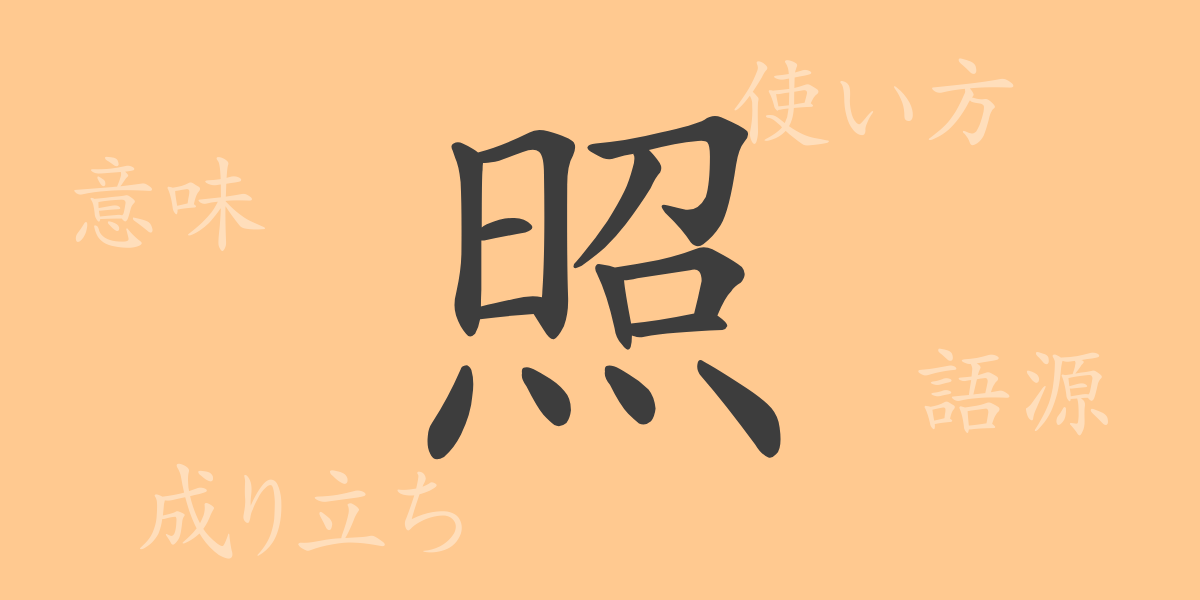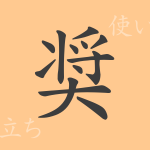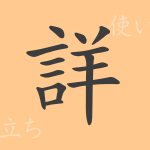The rich tapestry of the Japanese language is vividly illustrated through its complex and beautiful Kanji characters. This article focuses on the commonly used Kanji “照(しょう),” delving into its origins, modern usage, and significance in daily life. Let’s uncover what this Kanji represents and how it is utilized today.
Origins of 照(しょう)
The Kanji “照” originated from ancient China, combining the pictograph for fire “火” and the symbol “昭,” which signifies illumination. This ideogram was crafted to convey the act of shining light or emitting brightness, and over time, it has been adopted into various cultures with evolving uses.
Meaning and Usage of 照(しょう)
The primary meanings of “照” include “to shine light upon” and “to brighten.” However, it also metaphorically extends to “scrutinize carefully” or “reveal the truth.” In Japanese, it commonly appears in verbs like “照らす(てらす)” (to illuminate) and “照り返す(てりかえす)” (to reflect light).
Pronunciation, Stroke Count, and Radical of 照(しょう)
The Kanji “照” has various readings, depending on its application:
- Pronunciation: On’yomi (音読み) is “ショウ,” while Kun’yomi (訓読み) includes “てる,” “てらす,” “てれる,” and others.
- Stroke Count: “照” consists of 16 strokes.
- Radical: The radical is “火,” although it also includes the shape of “昭.”
Idioms, Phrases, and Proverbs Using 照(しょう) and Their Meanings
Numerous idioms, phrases, and proverbs incorporate “照,” reflecting its significance in Japanese language. Some examples include:
- 照明(しょうめい): The act of lighting up an area.
- 照合(しょうごう): To compare and examine two or more items.
- 照射(しょうしゃ): To direct light or radiation toward a specific target.
- 照れる(てれる): To blush or feel embarrassed.
- 日照り(ひでり): A prolonged period of sunshine without rain.
Conclusion on 照(しょう)
The Kanji “照” is frequently used in everyday Japanese, offering a rich tapestry of meanings from its fundamental notions of brightness and scrutiny. Through various idioms and phrases derived from these core concepts, we can appreciate the depth and intricacies of this character. This exploration helps us appreciate the historical, semantic, and aesthetic dimensions of “照.”

























